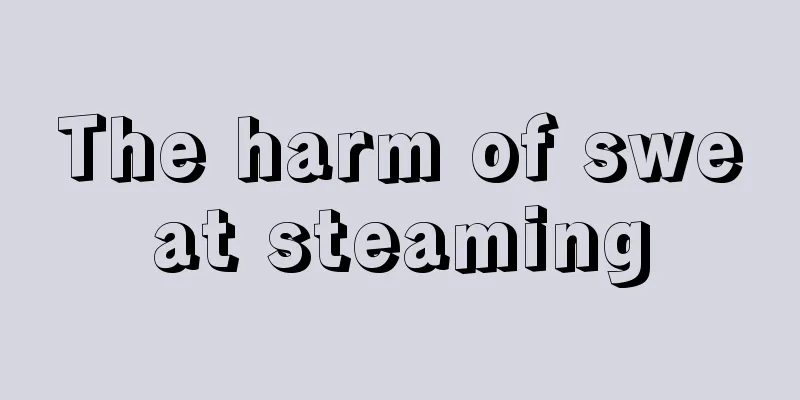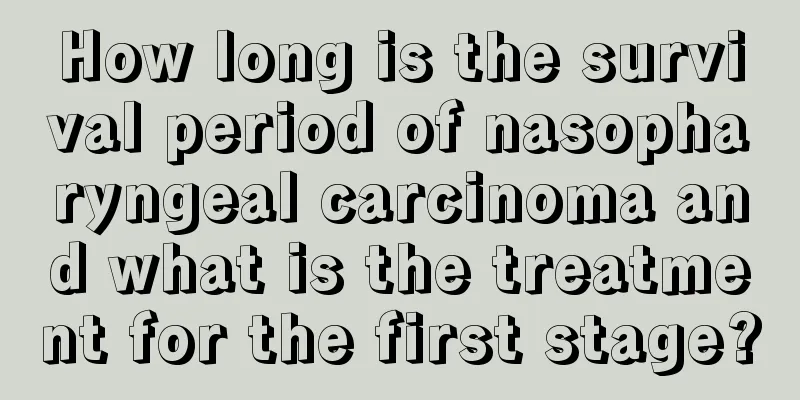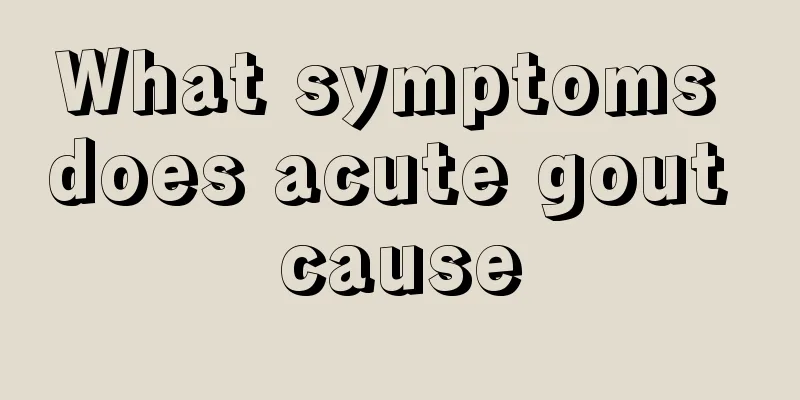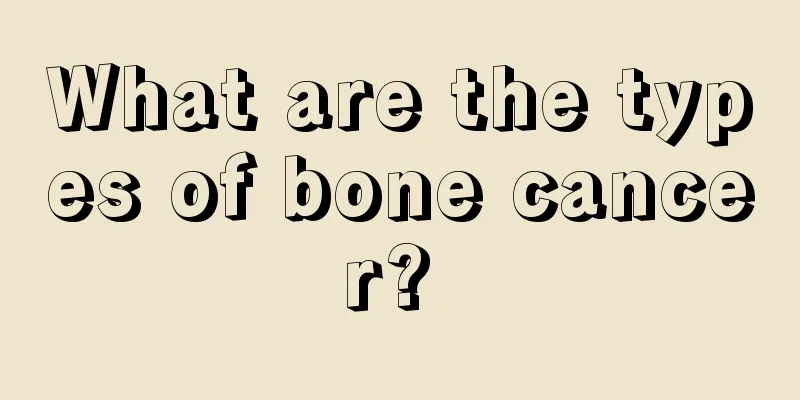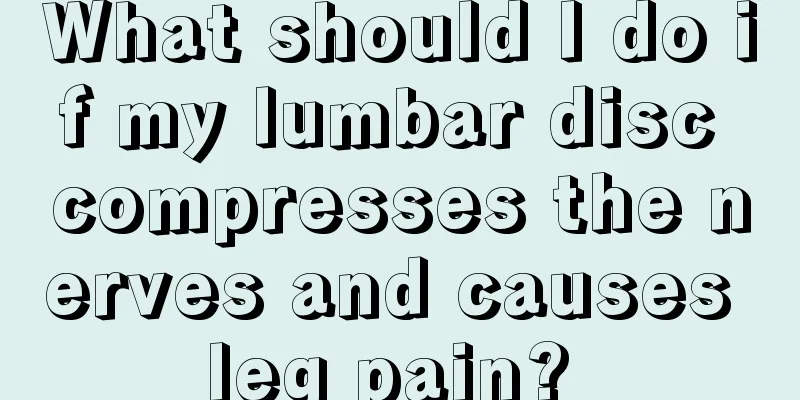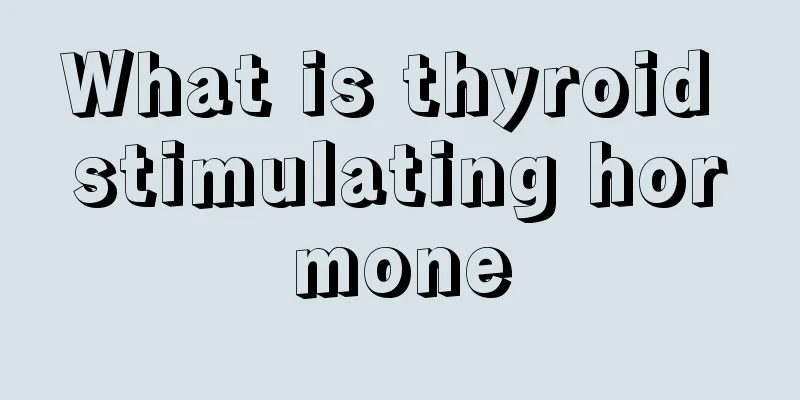Knee meniscus dislocation, understand these and then treat

|
Knee meniscus dislocation means that the cartilage tissue of the knee is damaged. It is also a very common situation in daily life. After understanding its causes and symptoms, people can treat it through conservative treatment, arthroscopic repair and meniscus resection, which will have obvious results. 1. Meniscus It is a fibrous cartilage tissue and has no blood supply itself, so it recovers very slowly after injury, which brings great difficulties to treatment. There are many ways to treat meniscus injuries. Physical therapy and massage can improve local circulation, promote nutritional supply and temporarily relieve symptoms, but they cannot fundamentally solve the problem. Surgeries with large trauma, high risks and many complications are generally not considered. 2. What is meniscus injury? The meniscus is a semilunar cartilage in the knee joint with a triangular cross-section. Each knee joint has two menisci, the medial and lateral menisci. The distance between the two ends of the medial meniscus is larger, forming a "C" shape, and its edge is connected to the deep layer of the joint capsule and the medial collateral ligament. The lateral meniscus is "O"-shaped, with the popliteus tendon separating the meniscus and the joint capsule in the middle and posterior 1/3, forming a gap. The lateral meniscus is separated from the lateral collateral ligament. The meniscus is a fibrous cartilage tissue that fills the space between the femoral condyle and the tibial condyle. It absorbs shocks, cushions pressure, enhances knee joint stability, prevents knee joint injuries, and delays knee joint aging. 3. What causes meniscus injury? An acute meniscal tear usually occurs when a person changes direction by rotating or "twisting" the knee while the knee is flexed and the corresponding foot is fixed. This action exerts compression, rotation and shear stress on the meniscus, which, if excessive, may lead to a meniscus tear. Meniscal tears are rare in children under 10 years old. This mechanism is common in football (soccer), basketball, American football, and other sports that involve deceleration and changes of direction. Older patients may sustain degenerative meniscal tears with minimal or no trauma. When it does occur, the trauma is so minor that patients ignore the history of previous injuries. 4. Symptoms of meniscus injury The degree of pain at the time of the injury varies; most people with minor tears are able to walk. Knee swelling can occur within 24 hours of injury. Twisting or rotating activities may make the pain worse. Severe meniscus tears are often accompanied by more severe pain and early limitation of knee motion. Patients with untreated meniscal tears may present to their doctor weeks after the injury with complaints of snapping, catching, locking, "giving way to the knee," or inability to move normally. Symptoms and signs of a meniscal tear are often vague and nonspecific; the pain may not be well localized or identified. A presumptive diagnosis can often be made based on the history of injuries and physical examination. MRI or arthroscopy can confirm the diagnosis. The decision to do MRI depends on the patient's age and whether surgery is being considered. Arthroscopy is the definitive test. MRI and arthroscopy are usually not necessary for patients with osteoarthritis (OA) of the affected knee. Partial, horizontal, and anterior tears may not produce abnormal signs due to the size and location of the injury. Such tears do not affect normal knee motion and are unlikely to impair knee function or cause mechanical locking. 5. Treatment of meniscus injury Currently, there are three main methods for the treatment of meniscus injury: (1) Conservative treatment: Conservative treatment can usually achieve better results for marginal meniscus injuries. Conservative treatment mainly includes PRICE in the acute phase, the use of nonsteroidal anti-inflammatory drugs, and other physical therapy methods. The physical therapy plan is as follows: (2) Arthroscopic repair: Suitable for tears in the red and red-white zones of the meniscus. Vertical tears are easy to repair, but some tears cannot be repaired. At the same time, it is limited by the range of the tear. For example, a tear less than 3mm can usually be completely repaired, but the repair effect cannot be guaranteed between 3-6mm, and a tear greater than 6mm usually cannot be repaired. (3) Meniscectomy: The short-term treatment effect after meniscectomy is relatively ideal. However, as time goes by, symptoms such as osteoarthritis, joint degenerative changes and weight-bearing instability are more likely to occur in the later stages. The long-term satisfaction rate is only 42.5%~68%. Therefore, it is recommended to diagnose and treat early, and try to keep the |
<<: What are the methods to treat knee pain caused by bent legs?
>>: What is the most effective way to promote height growth
Recommend
Common symptoms of early colon cancer
Colon cancer mainly occurs in people over the age...
Is self-pressed peanut oil good?
Many friends like to buy some more virgin peanut ...
What is the treatment for internal hemorrhoids
Many people are very troubled by suffering from i...
To prevent colon cancer, stay away from high-fat diet
The main physiological function of the colon is t...
Will drinking milk before going to bed every day make me taller?
Drinking milk is very good for our body. Milk is ...
Can I do moxibustion for a cold? Two methods are effective
Cold is a common disease and does not have a grea...
What are the common clinical symptoms of lung cancer?
Lung cancer is the most common malignant tumor, a...
Causes of lung cancer in non-smoking women
What are the main risk factors of lung cancer? Th...
How to treat nasopharyngeal carcinoma with traditional Chinese medicine and diet therapy
How to treat nasopharyngeal cancer with tradition...
How to narrow a wide pelvis and a big butt
Many friends have wide hips, which leads to big b...
The most scientific work and rest schedule
For many people, daily normal rest is a good way ...
What are the six major detoxification channels of the human body?
As we all know, the human body produces a lot of ...
The difference between fish maw and fish maw, the recipe should be good
Many people don’t know much about fish maw and fi...
Women are most likely to get four major diseases when their area becomes hard
A woman's body should be as soft as cotton wo...
Is it harmful to wear a blood sandalwood bracelet
Bloodwood is a type of sandalwood and is harmless...
